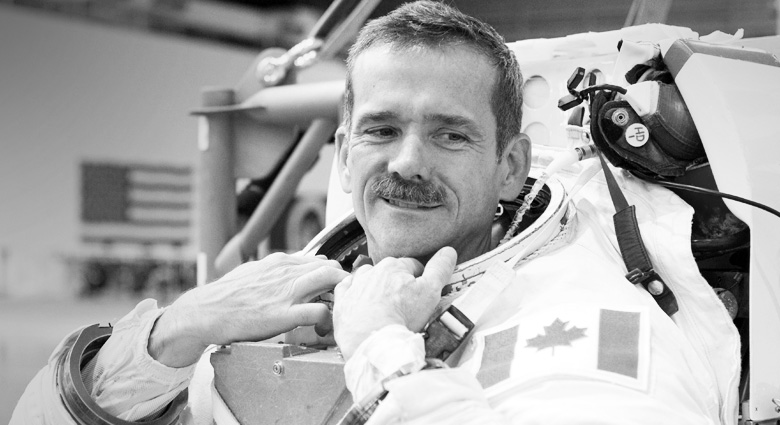Conquering Fear
I recently wrote a book called, “An Astronaut’s Guide To Life On Earth.” There are all sorts of challenges in flying in space. A lot of them are technical. It’s an extremely dangerous and therefore complex thing to do, but a lot of them are human; if a robot blows up it’s said and it’s expensive, but it’s not nearly as tragic or as important as if a spaceship with people on board is lost.
Therefore it requires a tremendous amount of organization and thus good leadership in order to safely fly in space, but the lessons are learned in space are irrelevant if they don’t come back to people on the ground and that’s why the book’s title is An Astronaut’s Guide To Life On Earth because that’s what matters and that’s part of the reason we explore is to bring back the fruits of exploration.
The purpose of the book is to try and look at the incredible examples to get exaggerated under the extreme conditions of space flight it’s sort of like using a microscope on a common problem suddenly you see things in an exaggerated way that you wouldn’t otherwise and then looking to see which of those might be useful to people in normal life back on earth. Problems such as how do you deal with fear and so many people allow their lives to be dictated by fear, “I’m not going to do this, I’m not going to go into that room, I’m not going to try that, I’m not going to whatever walk in the forest,” - Afraid of snakes or spiders or failure, embarrassment or whatever. People allow themselves to be dictated by fear, irrational or not. Astronauts get on board rocket ships, huge explosives underneath the rear end and somehow they have found a way to work around a natural healthy fear so that they can surmount it enough that they can go do something that otherwise would be impossible and that whole process of how it is that you can understand what it is that’s making you afraid, analyze it right to it’s very roots because of course it’s not spiders you’re afraid of it is the bite.
It’s not heights you’re afraid of it’s hitting the ground at the bottom so if you can avoid the spider’s bite or if you can avoid hitting the ground after a fall then you have removed the actual core of your fear so perhaps there are only certain spiders have a poisonous bite or if you can strap yourself to the wall so there’s no way you can fall then even know you are facing a spider are facing a cliff you don’t need to be afraid and that’s how astronauts get on spaceships we learned every little bite and every little cliff that’s in there so that when they occur we recognize it and go, “Oh, that’s a non poisonous,” or “I’m already bolted to the wall for that one so I’m going to be okay.” It’s through that careful sweating of the small stuff and visualizing failure. Don’t ever visualize success - what’s the point? Visualize failure and look at it, Why is that going to fail? How is that going to make me afraid? What am I going to do about it? What are the actual super small technical differences between a poisonous spider and a spider that doesn’t even have pincers? And learn those things and then you can confidently and comfortably go into a situation that previously would have paralyzed you with fear and the book looks at that type of example of something that you have to overcome or have figured out a solution to as an astronaut and turns it around so that it can then hopefully be useful to people just in their conducting their regular, everyday lives and especially applicable if you’re in charge of a group of people as a leader how you can recognize those problems and give people the skills with which to deal with.




What Did You Think?